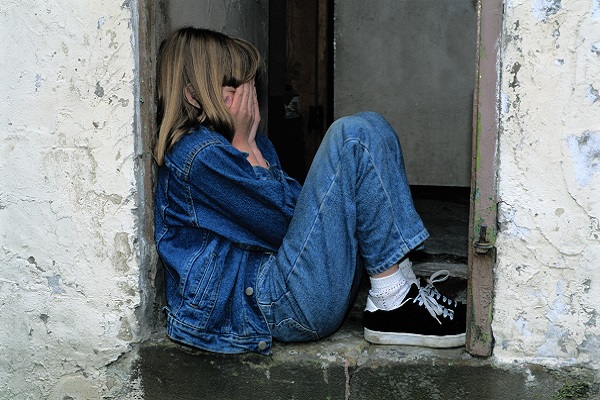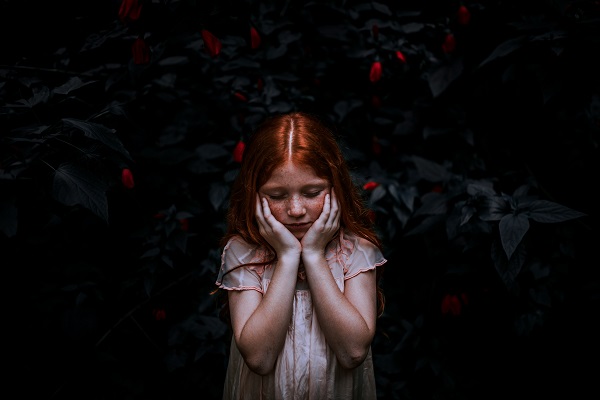I am often asked about the most common issue we see in children in our clinic. One word: anxiety. And it’s increasing. Since our foundation in 2012, we see many more children coming to us where anxiety is a large part of their presentation. And not just the type a child gets before a spelling test. This is anxiety which leads to school refusal, meltdowns and interferes with day to day life.
What is ‘too much’ anxiety?
Anxiety is a natural and normal part of life. However, anxiety is problematic if it prevents your child from going about their day-to-day life, like going to school or visiting friends. Anxiety symptoms are among some of the most common mental health conditions, affecting about 20 percent of children and adolescents.
Anxiety symptoms
We all know what anxiety is, but it can be hard to tell problematic levels from normal anxiety. Here are some tell-tale signs to watch out for:
-
Feeling panic, fear and/or uneasiness
-
Not being able to stay calm or still
-
Shortness of breath, or rapid, shallow breathing
-
Cold, sweaty, numb or tingling hands or feet
-
Heart palpitations (feeling your heart has skipped a beat or has added an extra beat)
-
Rapid heart beating (tachycardia)
-
Chest pain
-
Heartburn (acid reflux)
-
Problems sleeping
-
Nausea/vomiting
-
Dry mouth
These symptoms are a normal response to events that make us anxious, and we will all have experienced them at some point in our lives. It is only when they interfere with everyday life that they are considered an “anxiety disorder”.

What causes anxiety?
Anxiety has a variety of causes. It is important to understand what is causing anxiety in order to manage and treat it. Some common causes include:
-
Genetics: some families have a predisposition to towards anxiety
-
Environment: a stressful or chaotic family environment can cause anxiety. Verbal, emotional or sexual abuse are also very significant risk factors
-
Brain chemistry: Research has shown that a range of brain chemicals are involved in the regulation of emotions, and imbalances can lead to anxiety disorders
-
Medical issues: some medical issues have anxiety as an effect
-
Negative thinking patterns: some children have a tendency to engage in negative thinking patterns, like catastrophising (if I don’t get 10 out of 10 in my spelling test, it means I’m really stupid!)
In many cases, some combination of these causes leads to a child feeling anxious.
Top tips for dealing with anxiety
The good news is that as a parent or significant adult in a child’s life, there is a lot you can do.
-
Adopt a supportive, patient and understanding approach. This creates a safe space where your child can talk openly about how they feel.
-
Children learning by modelling and observing behaviour, so explaining and showing how you deal with stressful and anxiety-provoking solutions can be helpful.
-
Help your child to label their full range of emotions (e.g. encourage them to use sentences like “I am worried about X because I think Y will happen”).
-
Avoid the temptation to problem solve for your child. Instead, encourage them to try to think of possible solutions for themselves.
-
Notice and manage your own anxiety
-
Facilitate your child to face the things they fear, beginning with a small step (e.g. if they are afraid of dogs, begin by showing them a picture of a friendly dog!)
-
Avoid avoidance where possible.

How do I know if my child has an anxiety disorder?
The rule is: if it is interfering with everyday life, then you should ask for advice. Here are some common anxiety disorders:
Generalised anxiety disorder: a common anxiety disorder where children will worry excessively about things such as taking a test or what will become of them in the future. They will often ask a lot of “what if?” questions
Separation anxiety disorder: the child fears being separated from a person they highly value such as a parent or caregiver. The child may cry and cling on to the adult as they try to go to work, leaving them behind at home.
Selective mutism: an anxiety disorder where a child can speak in some situations but not others. For example, a child may be comfortable speaking to the family at home, but not classmates or teachers.
Post-traumatic stress disorder: usually associated with having witnessed or been through a traumatic experience
Obsessive-compulsive disorder: an anxiety disorder accompanied by obsessions that preoccupy their thoughts, along with compulsions (repeated actions like hand washing) to manage the obsessions.
Social anxiety disorder: the excessive fear of negative judgement by others in social situations. This may cause your child to avoid happy events like birthday parties.
Curing/overcoming anxiety
Remember, there is a lot you can do to help with anxiety, and your GP/mental health professional can help. Click here to read more and to look for help with this issue, and for useful resources.








